The mysterious and elusive snow leopard roams the rugged mountains of Central and South Asia, where survival is both an art and a necessity. Often referred to as the “ghost of the mountains,” this elegant big cat has adapted to some of the planet’s harshest environments. Understanding the strategies and physical adaptations that allow these magnificent creatures to thrive offers insight into their continued struggle for survival in a rapidly changing world.
Adaptations to Cold Climates
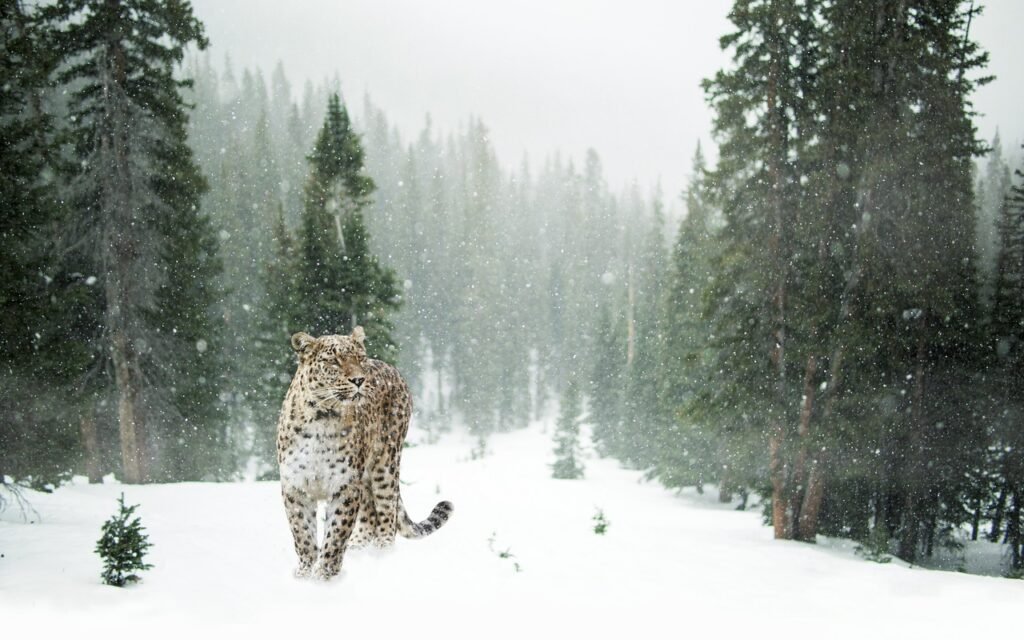
Snow leopards are designed to endure freezing temperatures. Their thick, insulating fur traps body heat, while their woolly undercoat adds extra warmth. The distinctive rosettes and spots on their coats not only serve as camouflage but also contribute to heat retention by minimizing surface exposure.
Physical Attributes for Mountain Life
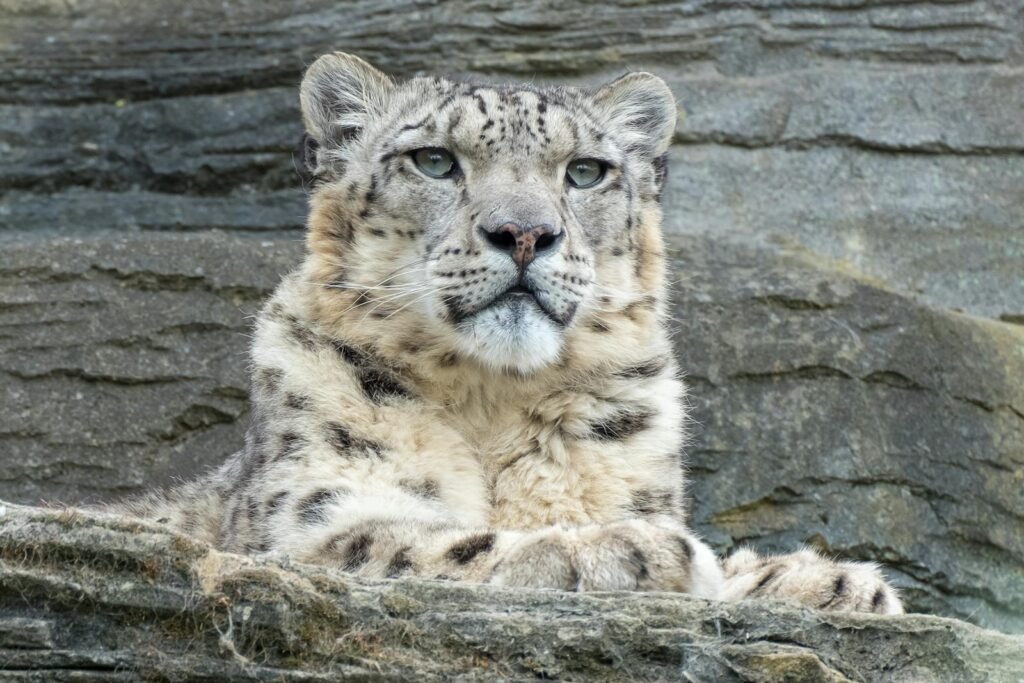
Built for rugged terrains, snow leopards possess strong, stocky bodies, which provide the necessary strength and stamina to navigate steep and rocky landscapes. Their short forelimbs and powerful hind limbs make climbing easier, while their large, fur-covered paws function like snowshoes, distributing their weight to prevent sinking into snow.
Incredible Stealth and Camouflage

Blending seamlessly with the rocky mountain environment, snow leopards are masters of stealth. Their natural camouflage is enhanced by a long, bushy tail, which not only helps with balance but also wraps around the body for warmth, further breaking up their outline against the snow.
Solitary and Elusive Nature

Typically solitary, these big cats have vast home ranges covering hundreds of square kilometers, allowing them to efficiently track prey across diverse terrains. Their elusive behavior reduces the likelihood of competition and aggression, promoting individual survival.
Hunting Skills and Diet
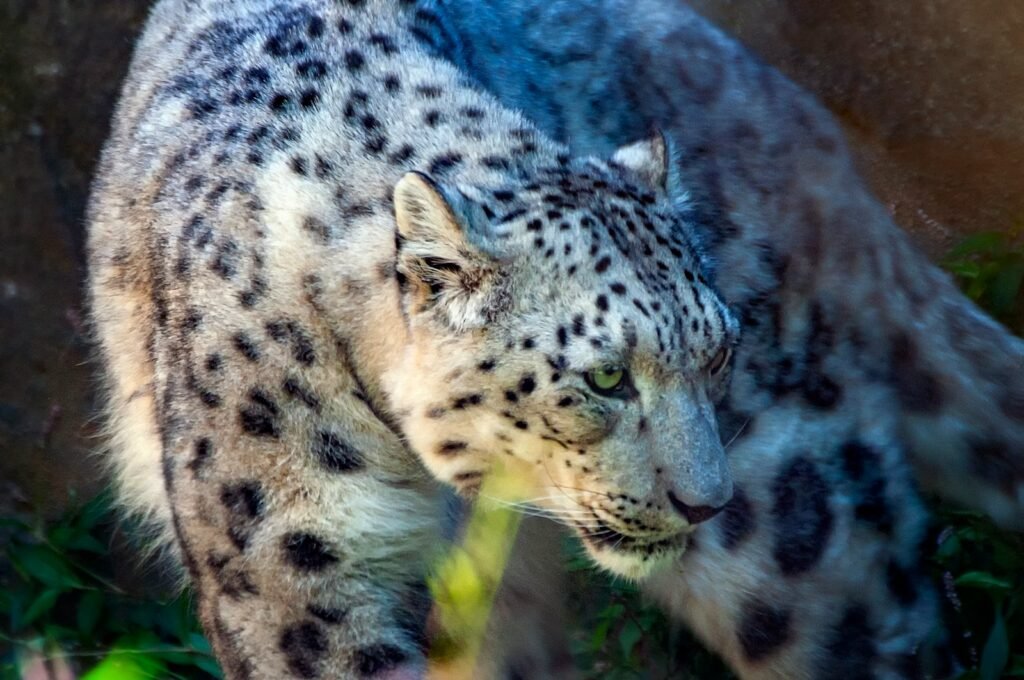
Snow leopards primarily hunt blue sheep, ibex, and other mountain ungulates but are opportunistic feeders willing to consume smaller mammals and birds. Their acute vision and hearing support their stealthy approach, culminating in a powerful pounce to capture prey.
Efficient Energy Use
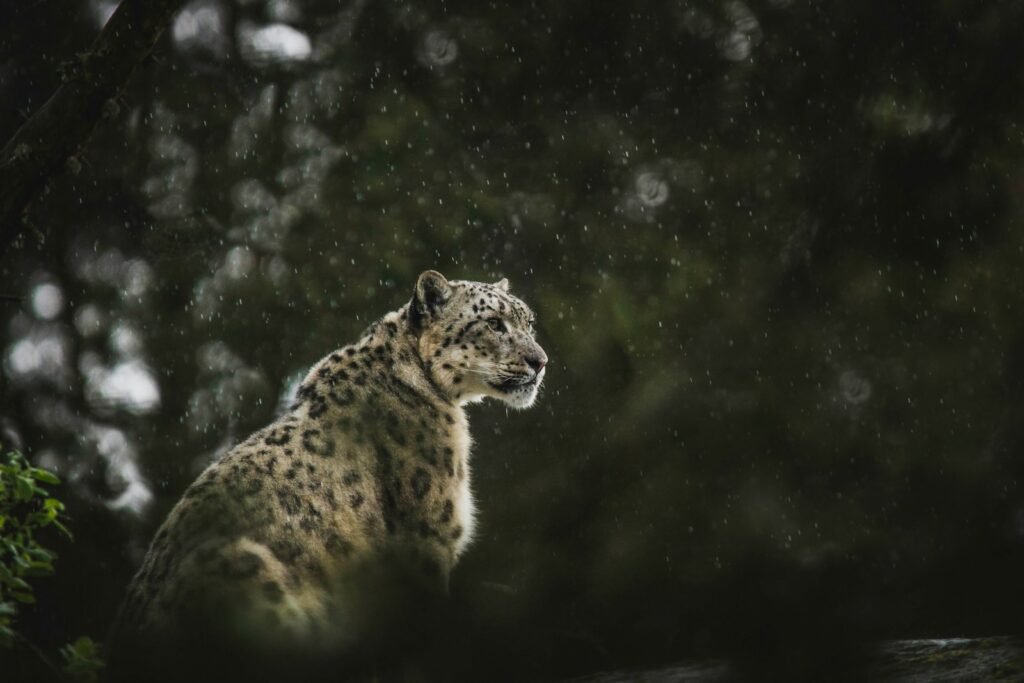
Living in a resource-scarce environment means snow leopards must use energy judiciously. They conserve energy through deliberate, minimal movement and strategic hunting, with the ability to survive on one or two large meals per week if necessary.
Reproduction and Rearing of Cubs
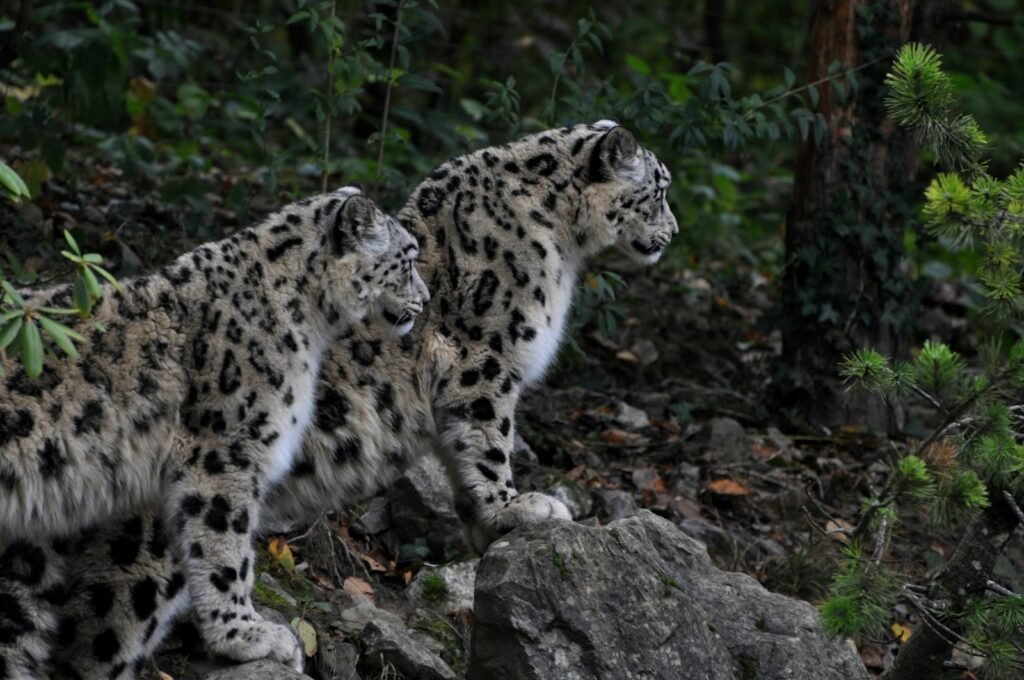
Reproductive rates among snow leopards are low, which is typical for predators in challenging environments. Females give birth to small litters of two to three cubs, nurturing them in well-hidden dens until they’re capable of following the mother on hunts around three months of age.
Conservation Challenges
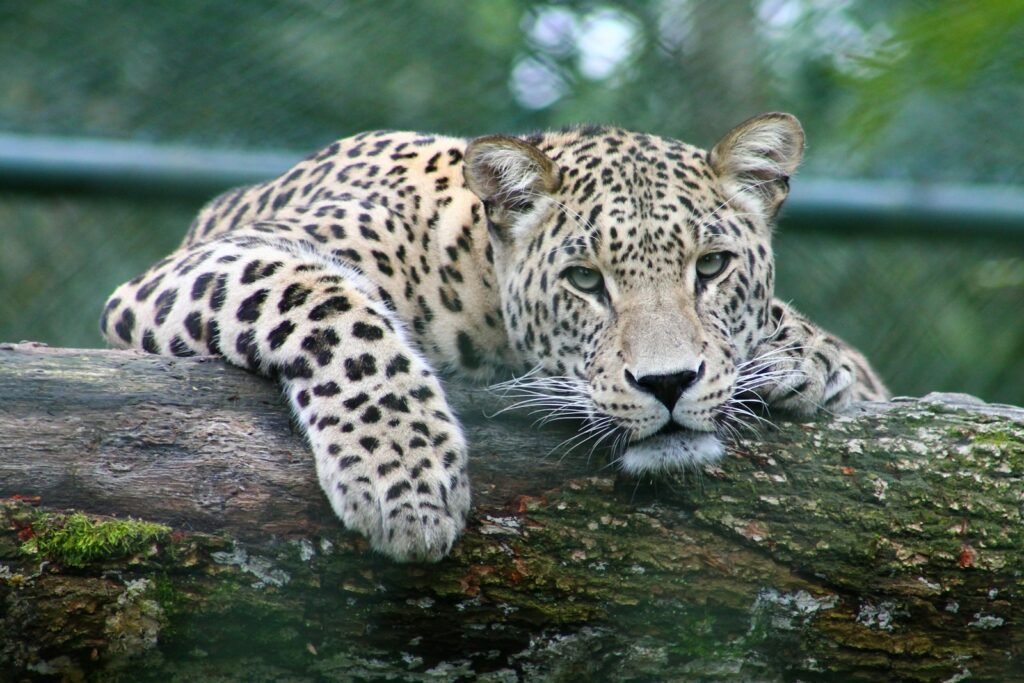
Despite their adaptations, snow leopards face significant threats from habitat fragmentation, poaching, and climate change. Conservation programs emphasize habitat protection, anti-poaching measures, and community education to mitigate these threats.
Human-Wildlife Conflict Mitigation

Efforts to reduce livestock predation are crucial in minimizing human-wildlife conflict. Innovative strategies, including predator-proof corrals and community-based insurance schemes, help protect both livestock and the livelihood of local communities.
Climate Change Impacts
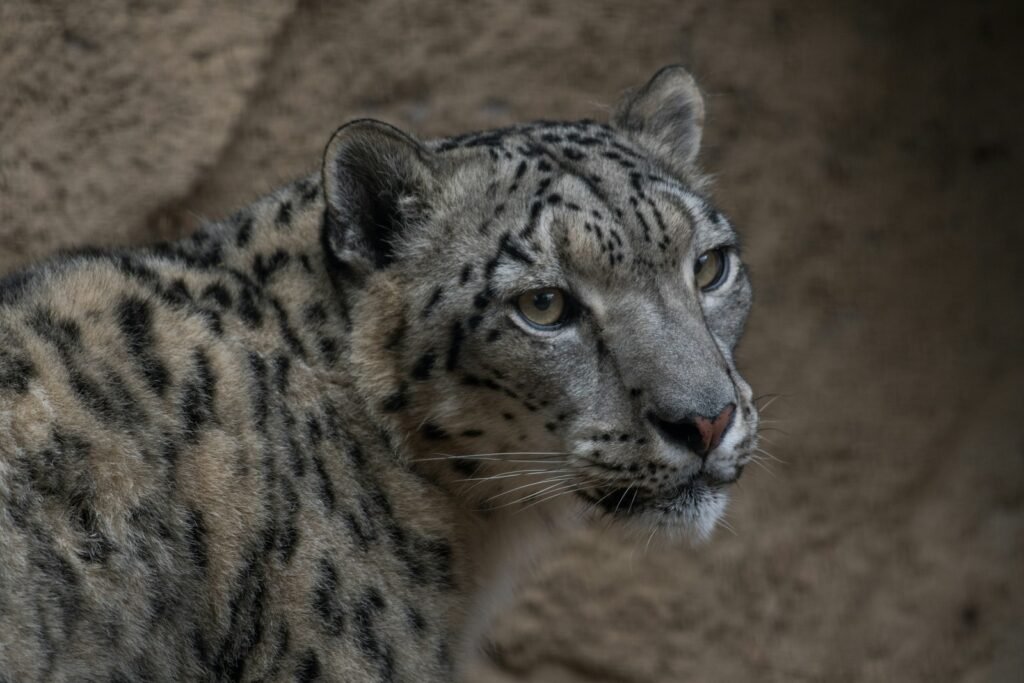
Rising temperatures and changing precipitation patterns threaten to alter snow leopard habitats, potentially reducing prey availability and pushing them into lower altitudes where they risk direct conflict with humans.
Cultural Significance
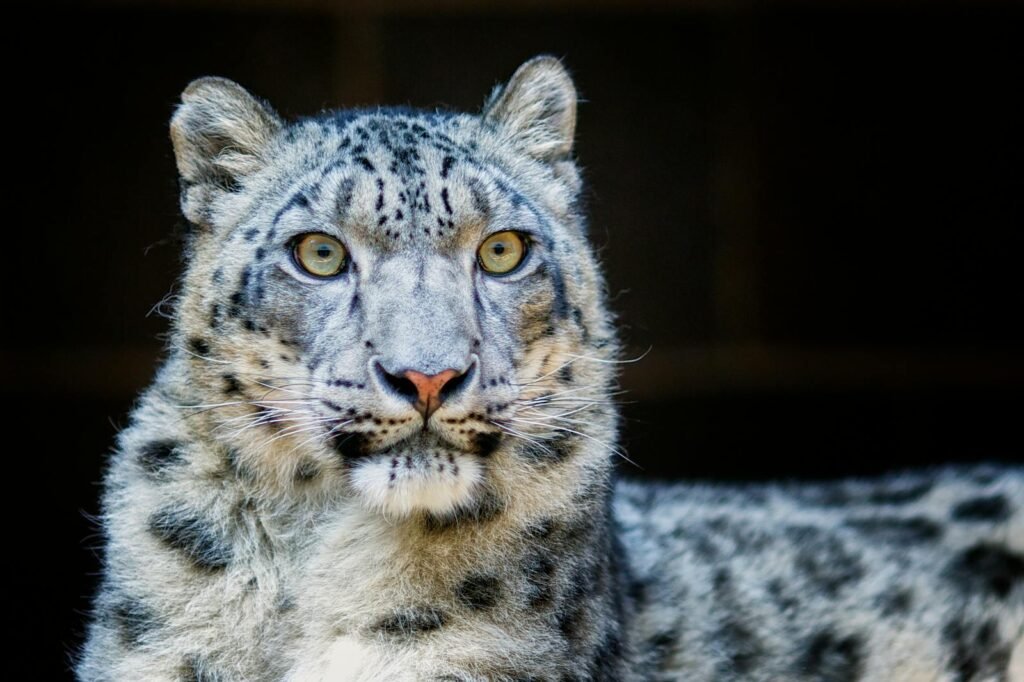
In many cultures across their range, snow leopards hold symbolic significance. Respect for these majestic creatures often manifests in traditional folklore, providing a cultural impetus for their protection.
Research and Monitoring Efforts

Technological advances in tracking and monitoring technologies have improved our understanding of snow leopard behavior and ecology. Camera traps and GPS collars provide vital data to inform conservation strategies and policy decisions.
Community Involvement in Conservation
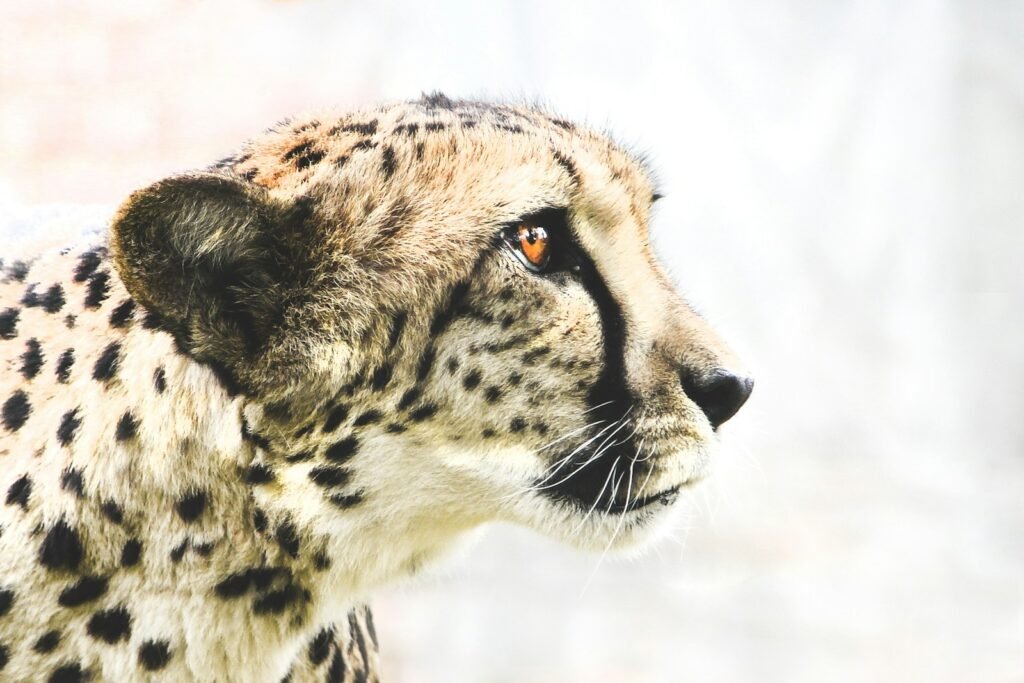
Effective conservation requires collaboration with local communities. Engaging residents in conservation efforts encourages guardianship of these predators and improves conservation outcomes.
Global Conservation Initiatives
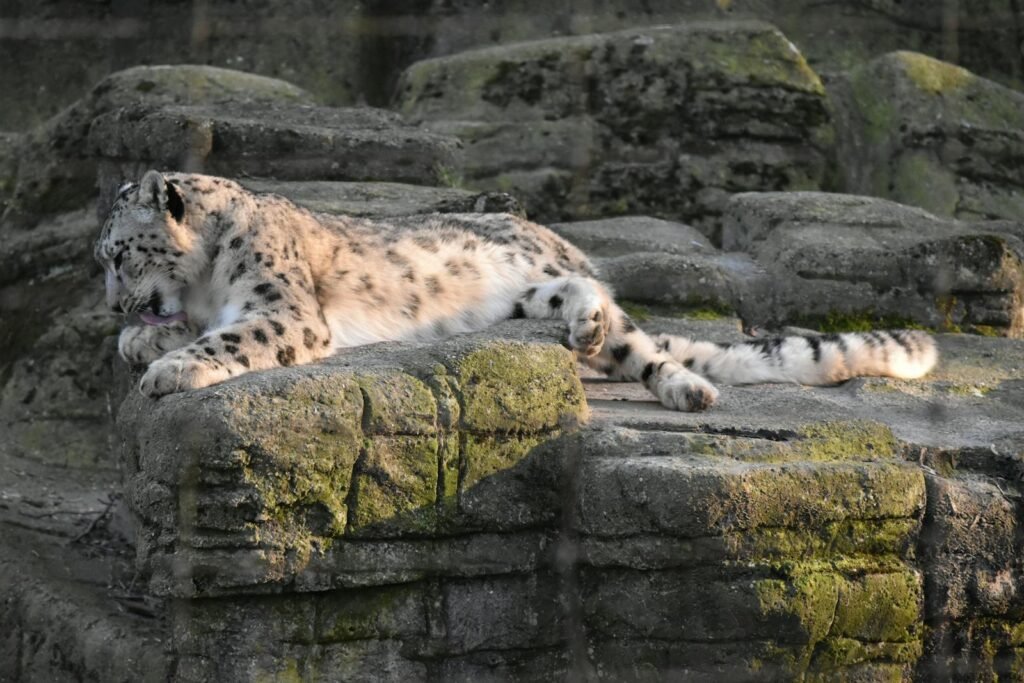
Several international organizations are committed to snow leopard conservation through the funding of research, habitat preservation efforts, and cross-border cooperation to preserve this species’ genetic diversity.
Education and Awareness Programs
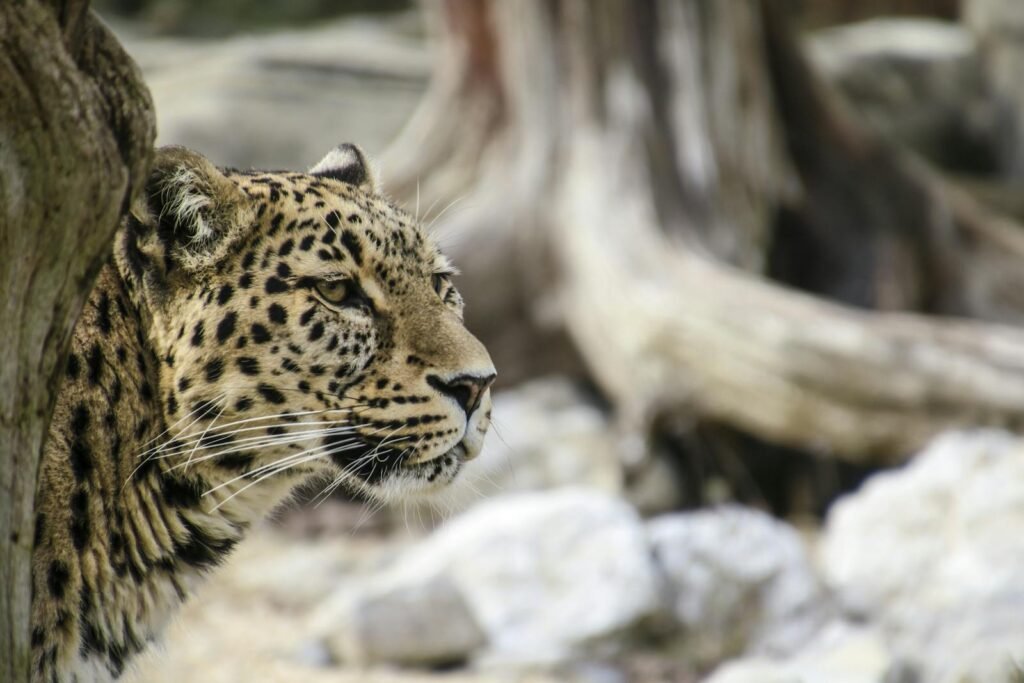
Educating communities about snow leopards and their ecological roles fosters understanding and support for conservation initiatives. School programs and workshops are instrumental in fostering a new generation of conservation advocates.
The Role of Zoos and Sanctuaries
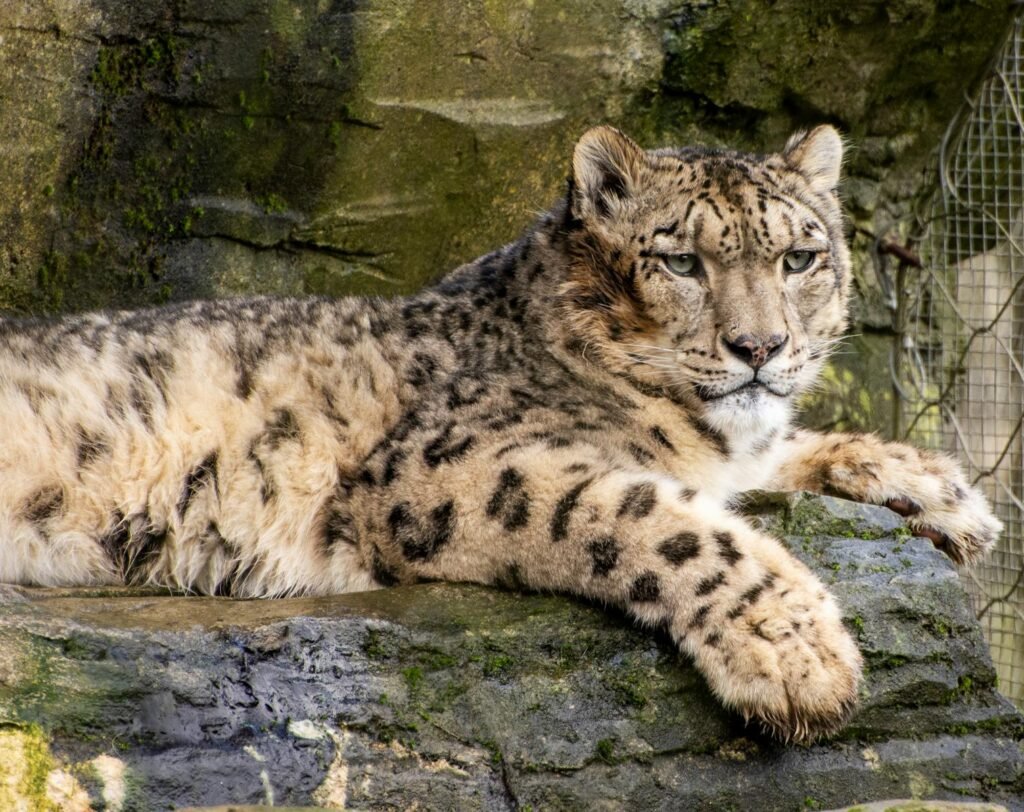
Zoos and wildlife sanctuaries play a crucial role in raising awareness and funding for wild snow leopard populations. Captive breeding programs aim to bolster genetic diversity and research efforts, providing valuable insights into the species’ needs and behaviors.
Collaborative Conservation Approaches
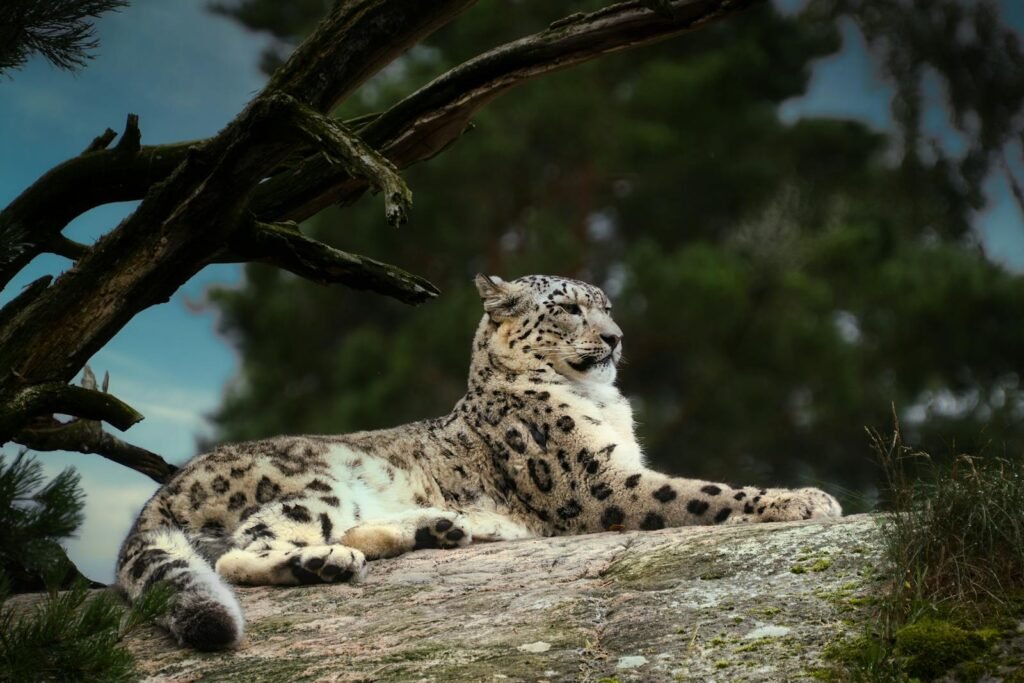
Transboundary conservation efforts unify countries within the snow leopard’s range, fostering shared strategies and resources for habitat protection and anti-poaching measures.
Technological Innovations in Conservation

Emerging technologies like drones and artificial intelligence are revolutionizing conservation by offering new means of monitoring and protecting snow leopard populations with increased precision and reduced human interference.
Promoting Sustainable Living Practices
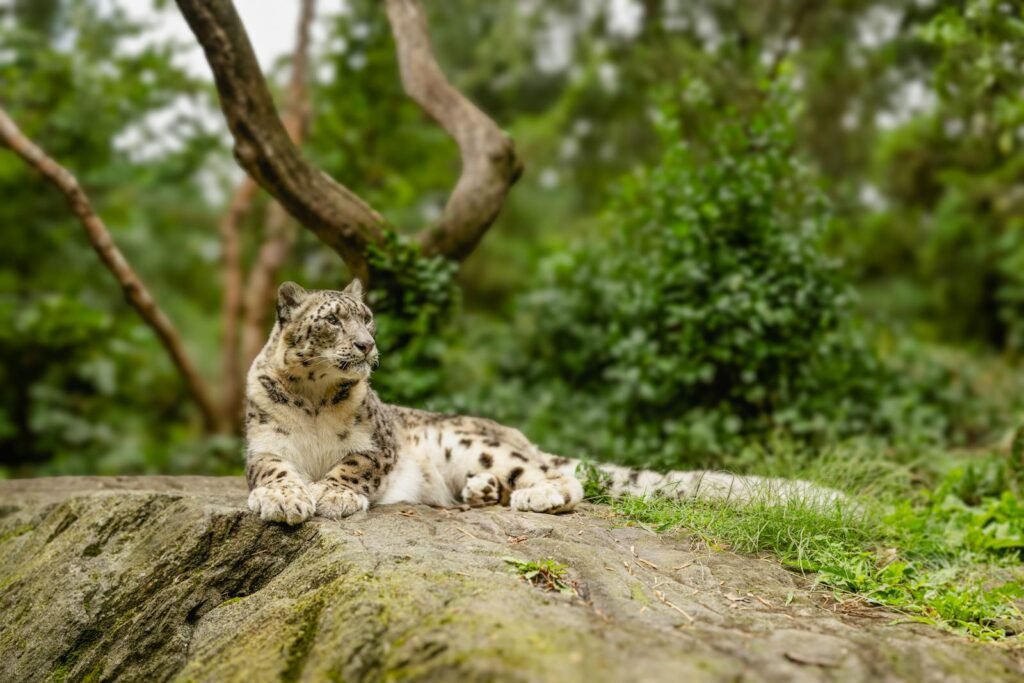
Encouraging sustainable livelihoods reduces reliance on eco-destructive practices. Eco-tourism and sustainable agriculture offer alternative income sources that benefit communities while preserving snow leopard habitats.
Conclusion
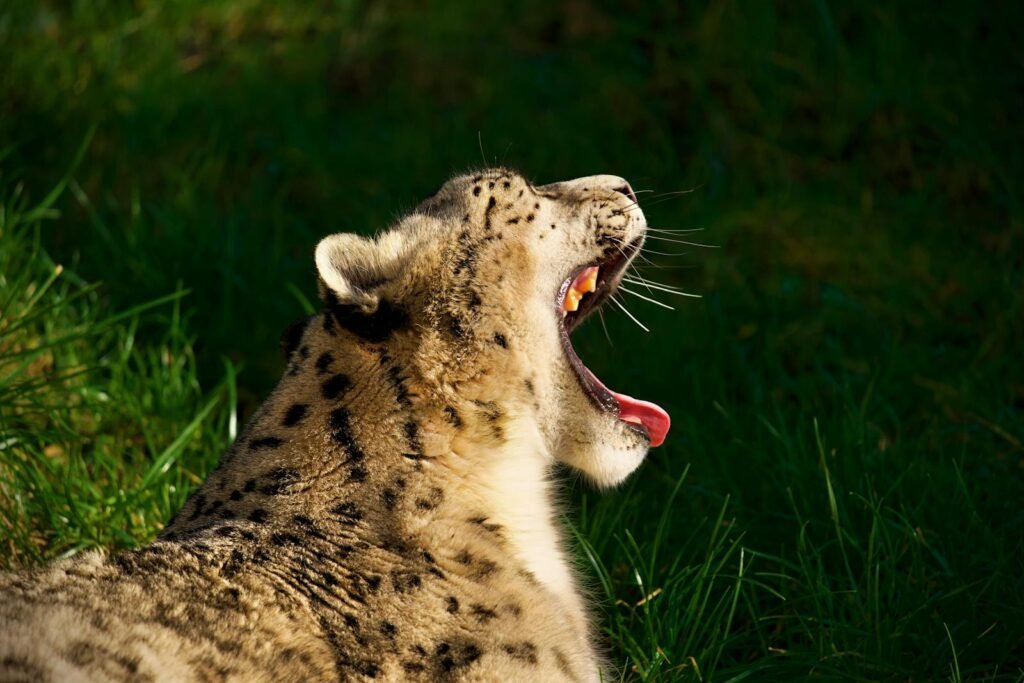
The survival of snow leopards in their harsh mountain habitats is a testament to their incredible resilience and adaptability. However, their fate is closely intertwined with the actions of humans. By understanding their needs and fostering sustainable cohabitation, it is possible to ensure that these enigmatic predators continue to haunt the mountains as silent guardians of the peaks. Through coordinated conservation efforts and community involvement, we can work towards a future where snow leopards thrive, not just survive.

Growing up traveling and experiencing new cultures and wonders, I have had a passion for nature, adventuring, photography, and videography. I am currently working towards a BSc in Biodiversity and Ecology at Stellenbosch University, and I hope to specialise in Marine Sciences one day.
Please send any feedback to Feedback@animalsaroundtheglobe.com






